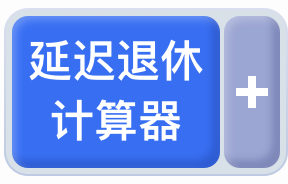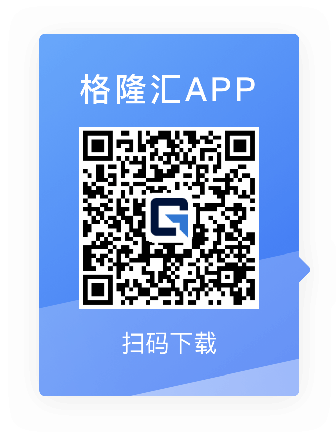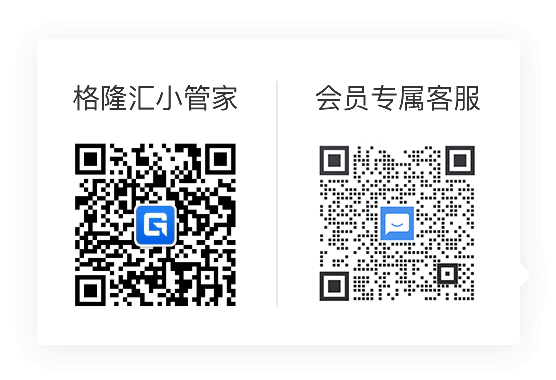机构:中银国际
研究员:LOU Jia/Olivia NIU/Catherine SUN
Key Factors for Rating
Zhongsheng ties up with Seres Group for selling AITO Wenjie-brand models. On 8 Nov, Zhongsheng Group hosted a public conference call in relation to its strategic cooperation agreement with Seres Group on AITO Wenjie brand distribution business, aiming to open c.40 AITO Wenjie dealer stores by Chinese Spring Festival holiday to engage in dealership services (incl. sales/delivery and after-sales services) for AITO Wenjie brand. We regard it as a milestone strategic changeover for Zhongsheng to embrace NEV business and may accelerate NEV migration for traditional premium dealers in China.
The build-out of AITO Wenjie stores alongside structural network integration for existing global marques. The mgmt. indicated that they will build out AITO Wenjie stores with re-branding and major renovations in existing stores, mostly from the initiatives to minimise OPEX input, improve single-store efficiency for old stores, and enable the AITO store operation in a cost-efficient and swift manner. Regarding the adverse impacts for legacy global brand-related business due to the decrease in number of stores, the mgmt. explained that the reduction of offline stores does not mean a complete cutback of dealership network. Instead, they will boost the store integration for specific luxury brands within the core cities to stabilise the new-car sales business. For non-new car sales, they will continue the centralised strategy for multi-brands operations to ensure the service quality for existing Zhongsheng car owners (i.e. sharing maintenance and pre-owned car centres).
Immaterial CAPEX for Zhongsheng to build out 40 AITO-brand stores.
Although we learned from channel check that Seres Group and Huawei requires traditional “BBA” dealers to highlight the key elements of AITO Wenjie brand in store furnish and decorations, Zhongsheng management emphasised to build out the AITO-brand stores with minimal CAPEX. Assuming the CAPEX of RMB1m or even less for each Zhongsheng’s modified AITO store, we estimate the overall CAPEX for the above-mentioned 40 stores would be no more than RMB50m, which is indeed an immaterial expenditure for Zhongsheng.
The business model of Zhongsheng AITO stores. For new-car sales business, Zhongsheng will achieve gross profit at a fixed percentage (4.5%) of transaction price for every vehicle sold. Besides, Zhongsheng is able to obtain cash rebates by RMB1,500 for each vehicle delivered. Moreover, Zhongsheng could engage in cross-selling businesses such as auto financing and insurances and aftersales services (maintenance and repairs) for AITO brand, similar to conventional 4S dealership business. The only difference is that Zhongsheng cannot flexibly adjust the end-user pricing for AITO-brand models because the pricing right for AITO belongs to Seres and its partner Huawei.
Projection based on single store operation. Taking Yongda, the NEV transition pioneer among car dealers, as an example, one of its HIMA stores (mainly for AITO brand sales) in Shanghai Pudong is among HIMA’s top-tier stores nationwide. This store currently sells around 200 units each month and additionally delivers 300-400 units per month, with the lucrative AITO M9 model accounting for c.50% of total shipments. We estimate the full-year net profit for this HIMA store under Yongda could reach RMB20m, which stays on par with leading single-store profit of conventional global luxury marque. For Zhongsheng, given the relatively higher exposure in first-tier and second-tier cities and potential store cannibalisation alongside the aggressive network expansion plan of Seres, we expect Zhongsheng-owned AITO stores to sell 100- 200 units in a single store per month, depending on its location. Assuming all 40 stores will be set for readiness by Feb 2025, we anticipate AITO brand to generate new-car sales volume of no less than 50k-60k units for Zhongsheng in 2025.
Zhongsheng has been well prepared to embrace NEV transition.
Despite a relatively slow move towards NEV business over the past two years, we deem Zhongsheng has been well prepared to facilitate the NEV transition, leveraging the broader customer base, well-established distribution network in core cities with stronger market presence, better customer operational efficiency supported by continuing centralised brand-agnostic operations.
What to expect from Zhongsheng’s future cooperation with Huawei- backed HIMA brands. At present, the car dealership mode for Huawei-backed HIMA brands contains: i). AITO Wenjie dealership network established by Seres Group. Seres Group is responsible for dealership collaboration and sales network expansion with decision-making autonomy; ii). HIMA dealership network initiated by Huawei, while Huawei’s long-term partner China Post acts as the general sales agent for reaching out to car dealers. Thus, China Post plays a role like individual sales company under traditional OEM. For Zhongsheng Group, the mgmt. expected to further expand the collaboration with Seres Group, which could lead to win-win synergies given the stronger initiatives of Seres to establish exclusive sales network alongside new model release next year (i.e. M8) and Zhongsheng’s industry-leading prowess in customer base and operation efficiency. Beyond that, the company will also consider the possible team-up with HIMA dealership network, yet it may be a bit more difficult to negotiate than Seres given Huawei’s overwhelming control over OEM and dealership in our view.
The accelerated transition of traditional premium dealers may exacerbate the sales decline trend of “BBA” in China. In our view, major traditional dealers have been lagging far behind OEM in electric migration, essentially due to: i). the prevailing adoption of direct-sales mode for leading NEV start-ups during the early electric penetration stage; ii). Slow move of major dealer groups to seek for NEV partnership due to the volatile competition dynamics and unclear competitive landscape; and iii). the larger exposure of traditional global marques that suffer product and demand weakness amid electrical transformation. However, we notice more and more NEV players have been gradually recognising the distribution value of dealership and establish dealer partnerships to tap into wider market in a cost-efficient manner, such as Xiaomi/Huawei that opt for a mix of direct-managed store and dealerships. This may reflect that NEV makers are re-assessing the dealership value from inventory-management, specialised edges in local-market customer services, as well as scalable advantages in multi-brands operations. Separately, the new dealership model of Xiaomi/Huawei that requires direct control over prices can also eliminate the disadvantages of traditional dealership model, bringing stronger customer connections, lower price volatilities for brand and lower inventory risks for dealers. Given all-mentioned considerations, we reckon the collaboration between Zhongsheng Group and Seres may drive more and more traditional luxury-brand dealers to embrace NEV transition, which on the other hand, may accelerate the sales decline trend of traditional premium brands such as “BBA” in China.
Valuation
Given the on-going sales network restructuring for the build-out of AITO Wenjie stores and the reduction of stores for specific existing brands, we expect to see lower dealer rebates from relevant old brands by end of this year. To reflect lower dealer rebates and the continuous demand weakness for major premium brands against the entire industry YTD, we revise down the net profit forecast for 2024 by 6.9% to RMB2.9bn. Given the extra contribution from NEV business (mainly AITO brand) which we expect to offset the shrinking existing dealership business dragged by accelerated decline of traditional premium brands, we nudge up our net profit forecasts for 2025-26 by 2-5% to RMB3.4bn/4.0bn.
Upon the positive news from the cooperation with Seres, Zhongsheng’s stock prices suddenly soared over 25% last Friday, which is partly due to the short- squeeze trading. After the steepest ever rebound, its share prices are trading at 12.0x/10.2x 2024/25E P/E and 0.7x 2025E P/B, still below the historical average level of c.13x P/E multiple and 1.5x P/B.
Maintain BUY and raise our TP to HK$20 by adopting the historical average 13x 2025E P/E since its listing in 2010, which we reckon is justified by its clear stance towards NEV transition, proven fundamental resilience to navigate the coming industry consolidation, as well as differentiated edges with brand-less operation strategy to cater NEV automakers’ demand. Moreover, subsequent to the milestone of Zhongsheng-Seres cooperation, we anticipate the street may recognise the distribution value of dealers in NEV era, and thus revisit the dealership stocks, among which Yongda is also trading at historical low level.
 下载格隆汇APP
下载格隆汇APP
 下载诊股宝App
下载诊股宝App
 下载汇路演APP
下载汇路演APP

 社区
社区
 会员
会员


